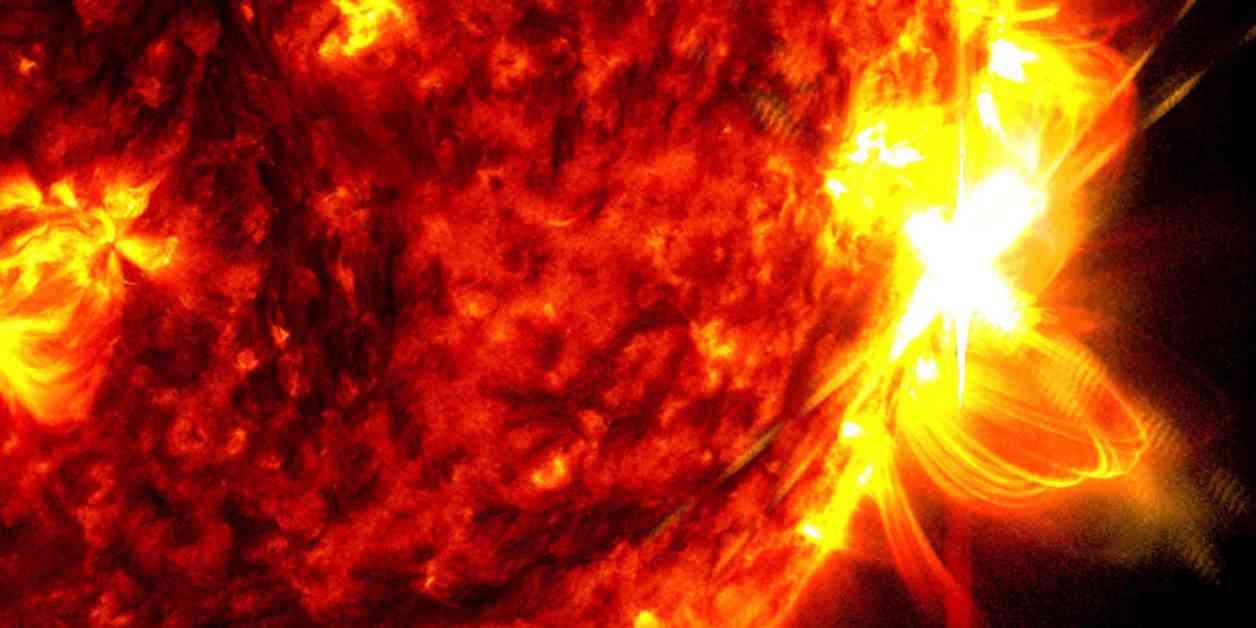A severe solar storm hit Earth on Thursday, potentially causing stress on power grids already dealing with the aftermath of back-to-back major hurricanes in the U.S. The National Oceanic and Atmospheric Administration (NOAA) reported that a Coronal Mass Ejection (CME) from the Sun reached Earth at 11 a.m. The Space Weather Prediction Center issued alerts for severe geomagnetic storm conditions, reaching G4 levels on Thursday.
Geomagnetic storms are disturbances in Earth’s magnetic field that can impact power grids, satellites, and GPS technology. NOAA warned of anticipated storm conditions overnight as the CME progresses, resulting in varying levels of geomagnetic storm intensity. Power plant operators and spacecraft controllers were advised to take precautions ahead of the storm.
NOAA also informed the Federal Emergency Management Agency (FEMA) about potential power disruptions in areas affected by Hurricane Helene and Hurricane Milton. While Florida is less likely to experience power disruptions from the solar storm, experts are concerned about regions hit by Hurricane Helene two weeks ago.
The solar storm may also lead to northern lights visible in parts of the U.S., such as the lower Midwest and Northern California. Sky gazers are encouraged to capture photos of the auroras with their smartphones. The recent solar activity is part of the sun’s 11-year cycle, with May’s solar storm producing dazzling auroras without major disruptions.
Experts are closely monitoring the situation to assess the impact of the solar storm on power grids and technological systems. While the storm is not expected to surpass previous strong solar events, precautions are being taken to mitigate potential disruptions. Stay tuned for further updates on the developing situation.
For breaking news and updates, follow Greg Wehner, a reporter for Fox News Digital, on Twitter @GregWehner or send story tips to Greg.Wehner@Fox.com.




